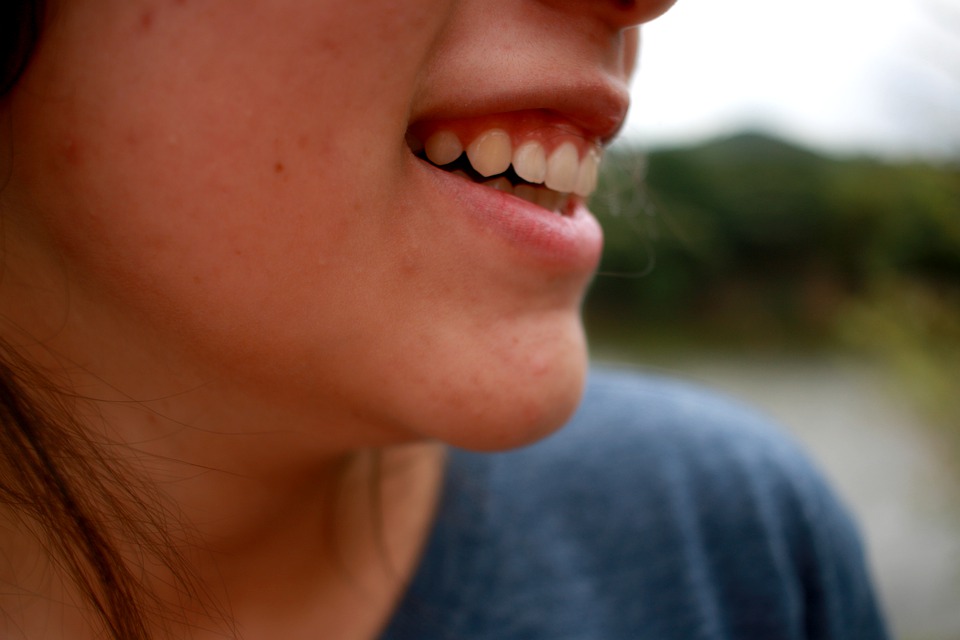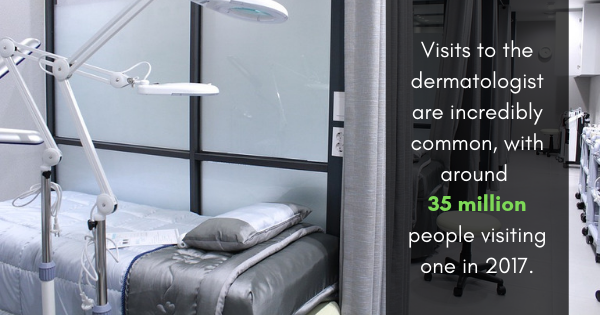
Allergic to…the Sun? The 8 Strangest Allergens That Might Be Giving You Hives
Your hives could be coming from one of these unexpected sources.
The summer months are prime for beach-going, camping, and barbecuing — but unfortunately, all of this outdoor activity makes us more prone to environmental allergens.
Allergies to pollen, dust, and grass are quite standard, but you may be surprised that something as seemingly benign as your shoes could be at the root of your symptoms. Of course, nothing ruins a carefree summer outing like an outbreak of hives — so we’ve compiled a list of the most unexpected allergens you might come in contact with, so you can avoid them!
1. Sun
Planning to lay out and get your tan on during the summer months? While most people need only apply sunscreen to avoid the adverse effects of too much sun, there have been rare cases of actual allergies to the sun itself — and the symptoms can be severe. In some cases, hives can appear within a half hour of the skin’s initial exposure to the sun. The reaction is thought to be caused by exposure to ultraviolet light, and hives can be treated (though not prevented) with antihistamines. Luckily, the rash typically goes away within minutes when the patient gets out of the sunlight.
2. Water
Water is one of our most basic human needs. But unfortunately, a small group of people struggle with a water allergy — “aquagenic urticaria” — that causes itchy hives. While there is no medical explanation for why some people get hives from water, the symptoms are usually mild, with hives disappearing within 30 minutes and treatable with oral antihistamines.
3. Exercise/Sweat
Another rare allergy is to exercise and the sweat produced from working out. The most common symptom is urticaria, a type of hives that is short lasting (typically no longer than a day) and appears as smooth, slightly elevated wheels with rounded edges. In the most severe and rare cases, the patient may suffer from anaphylaxis, with a sudden drop in blood pressure and immediate difficulty breathing. In this case, the patent should immediately seek medical assistance, which usually involves an injection of epinephrine.
4. Shoes
Well, people aren’t really allergic to footwear itself, but some can develop allergies to one or more of the common components of shoes such as the glue, varnish, rubber, or resin. The primary symptom of this condition is an outbreak of hives where the shoes come into contact with the feet. Testing is available to determine whether hives are caused by a physical irritant or an immune-based reaction.
5. Leather
Allergies to leather shoes are among the most common forms of shoe allergies. The primary symptom is contact dermatitis, a form of eczema that results in a rash often accompanied by hives. The most simple solution is to wear socks when wearing leather shoes, or to seek out leather-free footwear. The rash should clear up in a few days with the use of antihistamines.
6. Cold Temperatures
One of the more rare allergic reactions is cold urticaria, a potentially dangerous reaction to exposure to extreme cold weather or very cold water. Exposure to low temperatures can cause a massive influx of histamine accompanied by a very severe drop in blood pressure. These symptoms can actually be extremely dangerous, and anyone with a history of cold urticaria is encouraged to avoid exposure to cold temperatures — or at the very least, to do so with someone on hand to help in case of emergency.
7. Touch
An allergic reaction to physical touch is known as dermographism. When this occurs, simply pressing on the skin can cause an itchy outbreak of hives. This type of physical urticaria can also be caused by clothing that is too tight, or even by toweling dry after an unusually hot shower. One of the more common forms of rare urticaria, dermographism actually occurs in up to 4% of the population, and is commonly treated with OTC antihistamines.
8. Coins
Finally, did you know that it’s possible to be allergic to money? Contact dermatitis from handling coins can result in the appearance of a rash, which usually indicates an allergic reaction to nickel. This silvery metal can be found not only in coins but in jewelry, zippers, eyeglasses, and many other common accessories. People who are sensitive to nickel can develop a rash when their skin comes into contact with the metal. The best treatment is to avoid any and all contact with the substance itself, but if contact does occur patients can use antihistamines or a topical steroid cream on and around the affected area.
If you suspect that you have come into contact with one of these allergens and are experiencing symptoms, contact a dermatology professional.









No Comments
Sorry, the comment form is closed at this time.